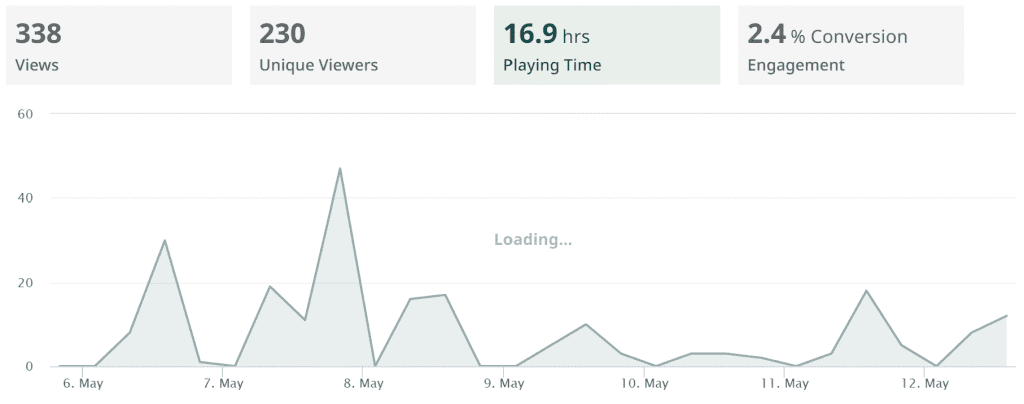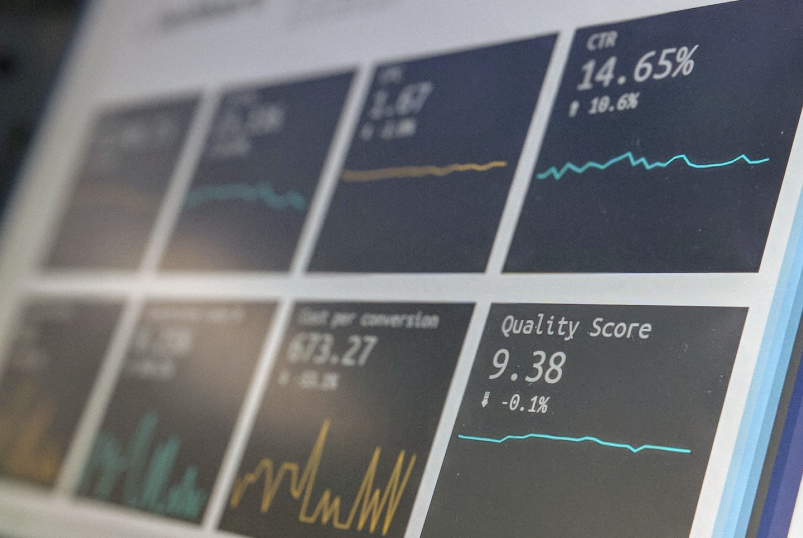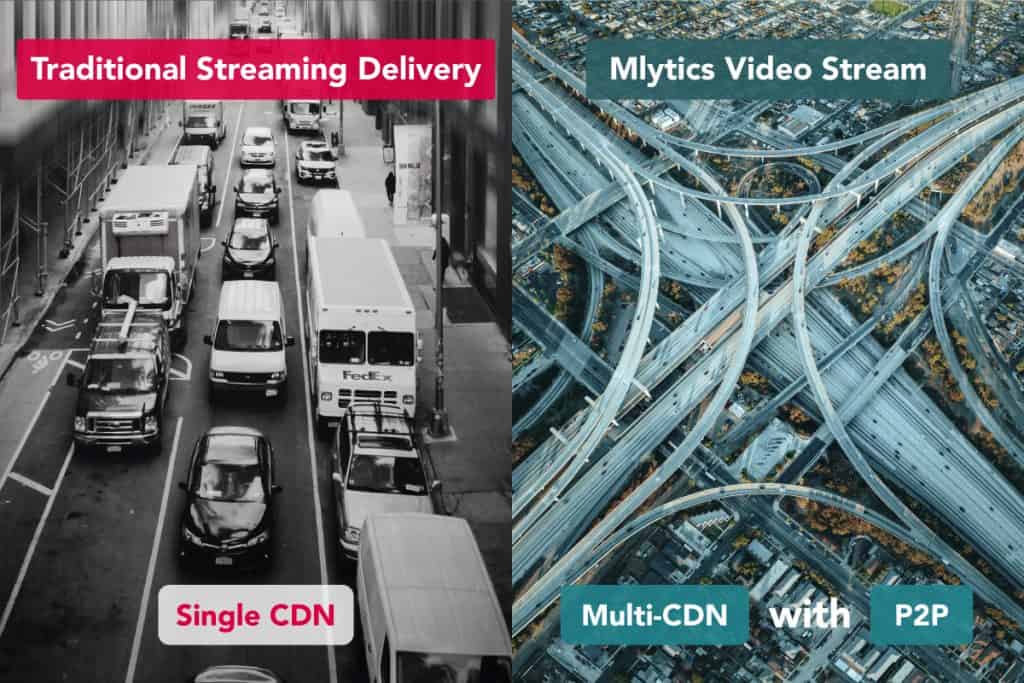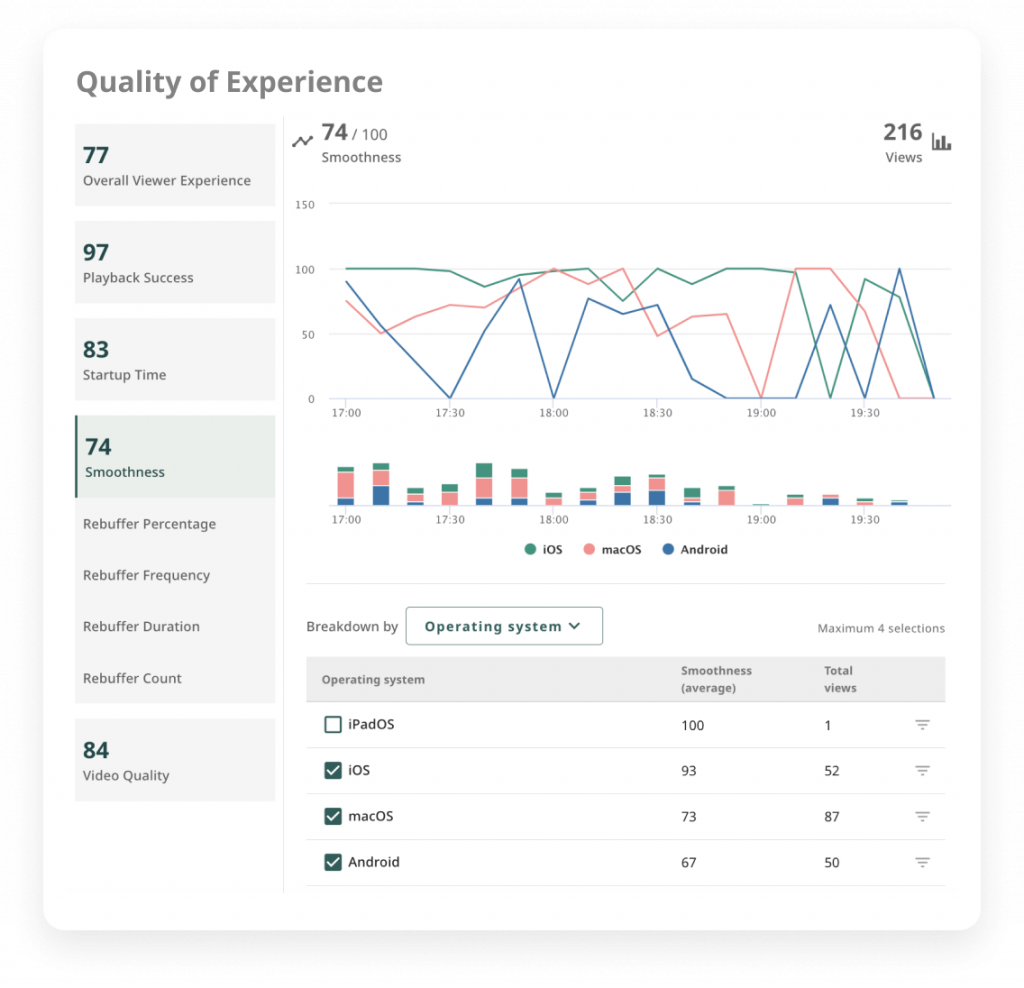This post is also available in: 简体中文
Video streaming analytics is a critical aspect of the digital media ecosystem. It’s the practice of collating, measuring, and interpreting data related to video content performance and consumption. The process goes beyond just numbers; it dissects patterns in viewer engagement, play rates, audience demographics, and content popularity, painting a comprehensive picture of user behavior.
This form of analytics, when effectively harnessed, provides businesses with a wealth of insights that extend far beyond surface-level understanding. It’s like a compass guiding them through the complex landscape of video consumption habits. With these detailed insights, businesses can make informed decisions, fine-tune their content, and tailor their monetization strategies. Video streaming analytics, therefore, serves as a robust tool that not only measures performance but also aids in strategic planning and optimization of digital video endeavors.
The importance of video streaming analytics in monetization
By analyzing viewer preferences and habits, content providers can adjust their offerings to match audience needs. This can help shape pricing strategies, ad placements, and content creation processes, leading to a noticeable increase in revenue.

Targeted advertising is another area where analytics shine. Instead of using a one-size-fits-all approach, advertisers can use data-backed insights to create personalized ads, boosting viewer engagement and click-through rates. Predictive analytics adds another layer, allowing us to foresee viewer behavior and content trends, fostering proactive strategies in content production and distribution.
Beyond content and advertising, analytics also boost viewer engagement by powering personalized recommendations and enhancing the overall user experience. This is particularly beneficial for subscription-based services aiming for increased revenue. At the same time, data insights can guide a more effective content strategy, leading to better viewer retention and improved profit margins.
Great, but what now?
Let’s waste no time, here’s a step-by-step guide with some tangible recommendations and a timeline to serve as a reference.

Step 1: Define objectives (Week 1-2)
Start by defining what you want to achieve with your analytics. This could be understanding viewer preferences, optimizing ad placements, predicting future trends, or all of the above. Having clear objectives will guide your data collection and analysis efforts.
Step 2: Data collection and integration (Week 3-6)
Identify the necessary data to meet your objectives and establish a system for collecting and integrating it.
There are many ways to achieve this, such as adding tracking codes to your videos, integrating with third-party data sources, or setting up data collection on your streaming platform.
Our approach is to provide player SDK to businesses and help them simplify this without the need to fully build a customized solution or the need to reinvent the code.
Step 3: Analyze and interpret (Week 7-10)
Once you have enough data, start analyzing it. Look for patterns, correlations, and insights that can help you meet your objectives. For instance, if your goal is to optimize ad placements, you might analyze viewer drop-off rates at different points in your videos.
We work especially hard on this. We’ve been partnering with some of the largest video streaming companies to identify and build a comprehensive analytics dashboard specifically for streaming solutions.
Step 4: Implement changes (Week 11-14)
Based on your analysis, make changes to your content, advertising, or overall strategy. This could involve adjusting the length of your videos, changing when and where ads appear, or tailoring your content to specific viewer preferences.
Step 5: Monitor and adjust (Week 15 onwards)
After implementing changes, monitor the results and adjust as necessary. Remember, data analytics is an ongoing process. What works today might not work tomorrow, so it’s important to continually collect data, analyze it, and make adjustments.
By following these steps, you can leverage the power of data analytics to boost your monetization strategy. It’s a significant investment of time and resources, but the potential returns – in the form of higher viewer engagement, improved user experience, and increased revenue – are well worth it.
Some essential metrics for video monetization
Before you go, let’s buff you up with some of most the important metrics you need to track. To effectively measure and optimize video monetization efforts, certain key metrics derived from video streaming analytics are essential:
- Viewer Engagement: Metrics like play rates, average watch time, and audience retention are key. Higher engagement often leads to better monetization. A streamer with high watch time and audience retention is likely to attract advertisers seeking a dedicated audience.
- Conversion Rates: This metric tracks the percentage of viewers who take desired actions like making a purchase or subscribing. High conversion rates can guide businesses to optimize their monetization strategies.
- Ad Performance: Metrics such as ad impressions, click-through rates (CTR), and completion rates provide insights into viewer interactions with ads. High CTR and completion rates can lead to adjustments in ad formats and targeting strategies to optimize ad revenue.
- Audience Demographics: Understanding the demographic breakdown of your audience can help tailor content, advertising, and pricing strategies for better engagement and monetization.
- Revenue per User (RPU): RPU quantifies the average revenue generated from each viewer. Analyzing this can help businesses identify high-value customers and personalize their monetization strategies.
- Content Performance Tracking: Tracking metrics like watch time and engagement aids in refining monetization strategies. For instance, a video creator can use this data to focus on creating content similar to their most popular videos, thus maximizing ad revenue and attracting sponsorships.
That’s a wrap!
Video streaming analytics serves as a powerful tool for businesses and content creators seeking to optimize their content monetization strategies. By harnessing the wealth of data provided by video streaming analytics, organizations can gain valuable insights into viewer behavior, optimize content delivery, refine monetization strategies, and improve revenue generation.
The ability to understand viewer preferences, track performance metrics, and adapt strategies accordingly allows businesses to stay competitive in the dynamic landscape of video content monetization. Embracing video streaming analytics empowers organizations to create compelling content, deliver exceptional viewer experiences, and achieve their monetization goals. As technology continues to evolve and data becomes more accessible, video streaming analytics will continue to play a pivotal role in shaping the future of content monetization, enabling businesses to thrive in the digital age.

Until next time, keep harnessing the power of data, stay innovative, and remember: the future of video streaming is in your hands.



